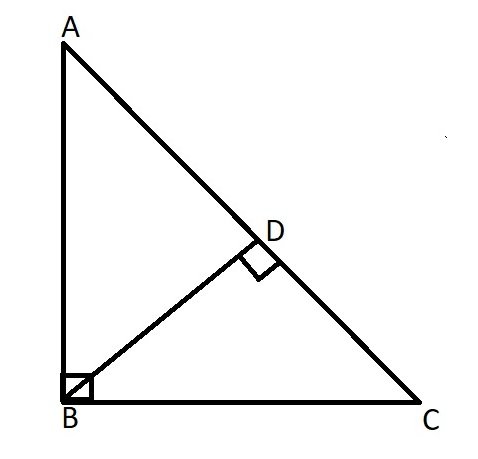Events & Promotions
|
|

GMAT Club Daily Prep
Thank you for using the timer - this advanced tool can estimate your performance and suggest more practice questions. We have subscribed you to Daily Prep Questions via email.
Customized
for You
Track
Your Progress
Practice
Pays
Not interested in getting valuable practice questions and articles delivered to your email? No problem, unsubscribe here.
- Nov 22
11:00 AM IST
-01:00 PM IST
Do RC/MSR passages scare you? e-GMAT is conducting a masterclass to help you learn – Learn effective reading strategies Tackle difficult RC & MSR with confidence Excel in timed test environment - Nov 23
11:00 AM IST
-01:00 PM IST
Attend this free GMAT Algebra Webinar and learn how to master the most challenging Inequalities and Absolute Value problems with ease. - Nov 25
10:00 AM EST
-11:00 AM EST
Prefer video-based learning? The Target Test Prep OnDemand course is a one-of-a-kind video masterclass featuring 400 hours of lecture-style teaching by Scott Woodbury-Stewart, founder of Target Test Prep and one of the most accomplished GMAT instructors.
Kudos
Bookmarks
E
Be sure to select an answer first to save it in the Error Log before revealing the correct answer (OA)!
Difficulty:
 95%
(hard)
95%
(hard)
Question Stats:
30% (01:35) correct 70%
(01:33)
wrong
70%
(01:33)
wrong  based on 139
sessions
based on 139
sessions
History
Date
Time
Result
Not Attempted Yet
GMATBusters’ Quant Quiz Question -10
What is the area of triangle BDC?
1) BD = 6
2) AC= 20
Attachment:
12222.jpg [ 19.12 KiB | Viewed 5299 times ]
aqua1
Joined: 11 Dec 2018
Last visit: 25 Sep 2020
Posts: 12
Own Kudos:
Given Kudos: 6
Location: United States (NC)
Schools: Harvard '23
Kudos
Bookmarks
Answer:E
Area=BD*CD/2
1) BD=6.no CD . Not sufficient
2)AC=20 Not sufficient
Both together also not sufficient.
Area=BD*CD/2
1) BD=6.no CD . Not sufficient
2)AC=20 Not sufficient
Both together also not sufficient.
Kudos
Bookmarks
What is the area of triangle BDC?
1) BD = 6
2) AC= 20

To find the area of a triangle, we require altitude and corresponding base in most of the triangles, unless it is equilateral etc where just one side is enough.
Here, we have BD and AC given and we can show that the three triangles formed are similar
ABC is similar to BDC is similar to ADB
So BD/AD=CD/BD....Ad*CD=BD^2=36
x(20-x)=36......x^2-20x+36=0....(x-18)(x-2)=0
So x=18 or 2, that is CD could be 2 and 18. Although by looks we can say that AD >BD, and area should be 6, but we cannot be sure about it
as area = 1/2*6*2 =6 or 1/2*18*6=54
1) BD = 6
2) AC= 20
Attachment:
12222.jpg
To find the area of a triangle, we require altitude and corresponding base in most of the triangles, unless it is equilateral etc where just one side is enough.
Here, we have BD and AC given and we can show that the three triangles formed are similar
ABC is similar to BDC is similar to ADB
So BD/AD=CD/BD....Ad*CD=BD^2=36
x(20-x)=36......x^2-20x+36=0....(x-18)(x-2)=0
So x=18 or 2, that is CD could be 2 and 18. Although by looks we can say that AD >BD, and area should be 6, but we cannot be sure about it
as area = 1/2*6*2 =6 or 1/2*18*6=54











